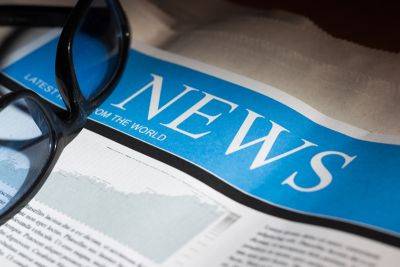Interest rates are high. Here's how you can take advantage of them
Former Federal Reserve Governor Kevin Warsh provides insight on economic policies on 'Kudlow.'
When it comes to rising interest rates, there tends to be a lot of gloom-and-doom discourse about the danger that more expensive borrowing costs pose to the U.S. economy.
That is because when the Federal Reserve hikes interest rates, it creates higher rates on consumer and business loans, which slows the economy by forcing employers to cut back on spending.
For most borrowers, the high interbank lending rate – which affects borrowing costs, including everything like home equity lines of credit, auto loans and credit cards – is bad news. Even a slightly higher rate for both can mean thousands of dollars for consumers to pay.
However, there is also a silver lining in higher rates for many consumers.
FED PAUSES RATE HIKES FOR SECOND TIME THIS YEAR, BUT HINTS AT ANOTHER INCREASE
Federal Reserve Chairman Jerome Powell speaks during a news conference after a Federal Open Market Committee meeting on Sept. 20, 2023, at the Federal Reserve in Washington, D.C. (Photo by Chip Somodevilla/Getty Images / Getty Images)
While the federal funds rate is not what consumers pay directly, most banks and credit unions will raise their savings rate during periods of high-interest rates, making it a good chance for some Americans, particularly retirees living off of their savings, to earn more.
The national average banking savings rate was 0.58% as of Sept. 21, according to Bankrate, with rates as measly as 0.01% at some of the biggest banks in the U.S.
HOW HIGH INTEREST RATES ARE ALREADY HITTING AMERICANS
However, thanks to the Fed's rate-hike campaign that began 18 months ago, there are now far more lucrative options for savers: high-yield
Read more on foxbusiness.com


 foxbusiness.com
foxbusiness.com



















